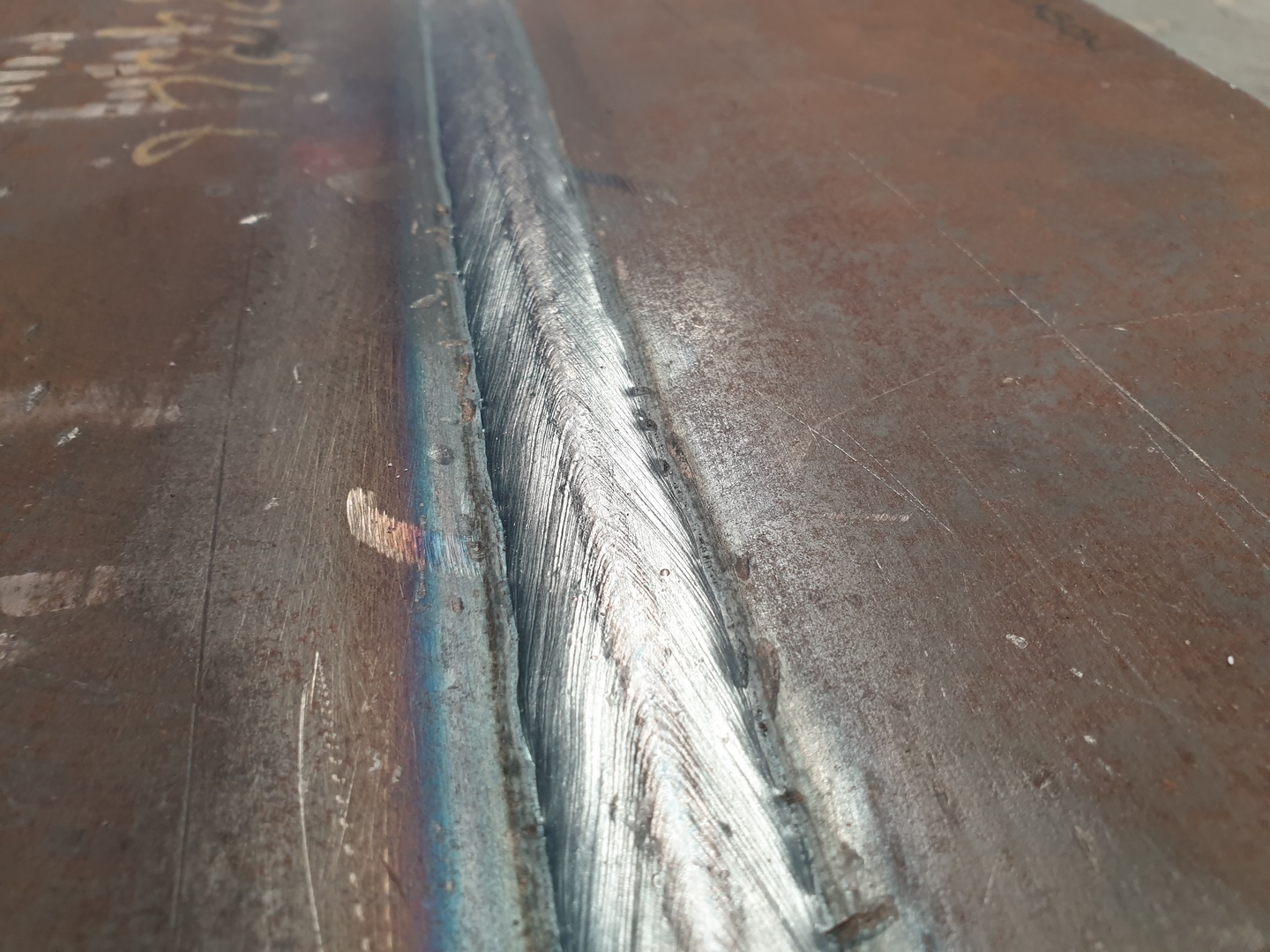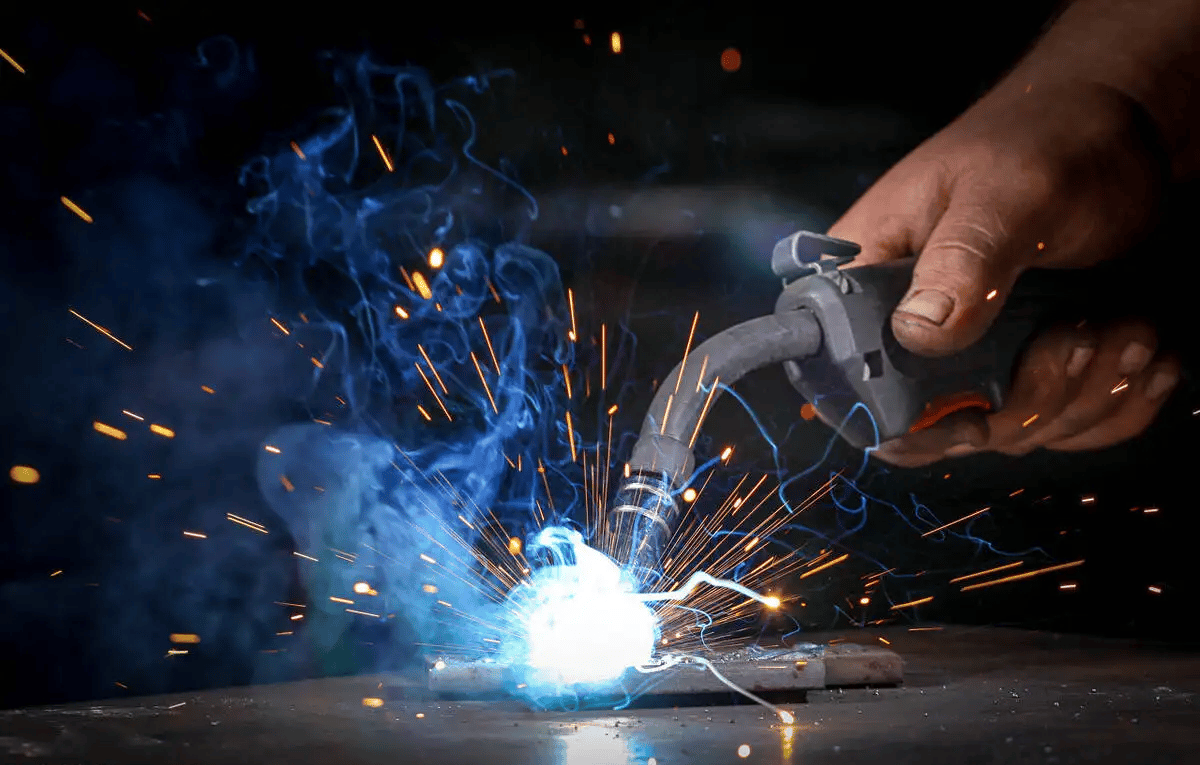The Ultimate Overview to Welding Inspection Racine for Industrial Criteria
The Ultimate Overview to Welding Inspection Racine for Industrial Criteria
Blog Article
Cutting-edge Methods to Fillet Weld Examination and Testing: Enhancing Weld High Quality and Compliance Standards
In the world of welding, the quality and integrity of fillet welds play an important role in making sure the architectural sturdiness and integrity of different industrial components. With the constant drive for enhanced effectiveness and compliance with stringent criteria, the exploration of cutting-edge techniques to fillet weld inspection and screening has actually ended up being important. As industries evolve, the traditional approaches might no more be enough in meeting the needs of modern-day welding applications. By accepting innovative technologies and methodologies, a brand-new perspective of possibilities arises in the realm of weld high quality assessment and adherence to conformity criteria.
Advanced Non-Destructive Screening Methods
Using state-of-the-art modern technologies, advanced non-destructive screening methods play a critical function in guaranteeing the honesty and quality of fillet welds. These approaches, such as phased array ultrasonic screening (PAUT) and magnetic fragment testing (MPT), deal detailed understandings into the weld's inner structure without creating any damage to the product. PAUT, for instance, uses numerous ultrasonic elements to examine the weld from different angles, giving an extensive visualization of prospective issues like lack of combination or fractures.
In A Similar Way, MPT is effective in identifying surface-breaking defects by applying an electromagnetic field and iron particles to the weld area. This technique is especially valuable for recognizing gaps that might endanger the weld's toughness. By employing these sophisticated non-destructive screening strategies, weld assessors can properly assess the quality of fillet welds, making sure conformity with market requirements and laws. The ability to discover flaws early not just improves weld high quality however likewise prevents costly rework or failures in structural integrity, underscoring the significance of these cutting-edge screening strategies in welding examinations.
Robotics and Automation in Evaluation
The integration of robotics and automation has actually reinvented the assessment process for fillet welds, enhancing performance and accuracy in top quality evaluation. Robotics offer specific control and repeatability in checking welds, ensuring trusted and constant outcomes. Automated systems can be programmed to adhere to certain evaluation paths, making sure thorough coverage of welds and lowering the risk of human mistake.
Robot evaluation systems outfitted with sophisticated sensing units can spot and measure weld attributes with high precision, supplying detailed data for evaluation. These systems can identify problems such as splits, lack of combination, and porosity, allowing prompt restorative activities to be taken. In addition, robotics and automation enable for real-time information collection and evaluation, providing instant comments to drivers and facilitating fast decision-making processes.
Moreover, using robotics and automation in fillet weld inspection enhances general performance by reducing evaluation times and boosting assessment throughput. By improving the examination procedure, manufacturers can guarantee weld high quality and compliance requirements are satisfied successfully, inevitably bring about cost savings and enhanced product quality.
Using Expert System for Analysis
Synthetic intelligence plays a critical function in enhancing the efficiency and accuracy of analysis in fillet weld inspection processes. By utilizing the power of AI, inspectors can streamline the analysis of weld top quality and conformity standards, leading to more precise and reputable results. AI formulas can swiftly refine substantial quantities of data from weld evaluations, discovering problems or variances that may be challenging to understand the nude eye. This sophisticated technology enables real-time tracking of weld high quality, enabling for immediate rehabilitative actions to be taken if any type of issues are detected.
Additionally, AI systems can find out from previous evaluation information, continually enhancing their capacity to identify prospective flaws and deviations in fillet welds. This adaptive discovering capability enhances the general quality assurance procedure, reducing the possibility of human mistake and making certain that welds meet the required requirements. By incorporating expert system right into fillet weld evaluation, sectors can achieve higher levels of effectiveness, uniformity, and conformity in their assessment techniques.
Portable Devices for On-Site Inspection
 Enhancing area inspection efficiency, the adoption of portable devices reinvents on-site assessment procedures for fillet welds. These devices use adaptability and convenience, allowing inspectors to carry out complete exams in various locations, including remote or challenging atmospheres. Portable tools such as ultrasonic testing devices, magnetic particle evaluation devices, and digital radiography systems offer real-time data and high-resolution imaging capabilities, enabling fast decision-making and instant comments on weld high quality.
Enhancing area inspection efficiency, the adoption of portable devices reinvents on-site assessment procedures for fillet welds. These devices use adaptability and convenience, allowing inspectors to carry out complete exams in various locations, including remote or challenging atmospheres. Portable tools such as ultrasonic testing devices, magnetic particle evaluation devices, and digital radiography systems offer real-time data and high-resolution imaging capabilities, enabling fast decision-making and instant comments on weld high quality.One considerable advantage of portable tools is their capacity to simplify examination treatments, minimizing downtime and improving general efficiency. Inspectors can conveniently carry these tools to various task sites, removing the demand for moving hefty machinery or components to off-site centers. Furthermore, the mobility of these tools promotes cost-effectiveness by minimizing transport costs and speeding up inspection timelines.
Moreover, the usage of portable tools for on-site examination advertises positive quality control actions, as examiners can promptly recognize and deal with any kind of prospective welding defects or disparities. By integrating these cutting-edge innovations into on-site inspection methods, welding experts can make certain compliance with market standards and boost weld quality, inevitably resulting in boosted structural integrity and safety in different welding applications.
Assimilation of Data Monitoring Systems
Having actually maximized on-site evaluation procedures through the usage of mobile devices, the next stage entails the seamless combination of information management systems to even more improve performance and data analysis abilities in fillet weld examination and testing. Welding Inspection Racine. By incorporating data administration systems into the evaluation procedure, companies can improve data collection, storage, and analysis. This integration enables real-time surveillance of weld quality, instant identification of flaws, and punctual decision-making to rectify any issues that may arise throughout the examination procedure
Information management systems play a vital duty in systematizing inspection data, helping with easy access for authorized employees, and making certain information honesty and protection. Via the assimilation of these systems, assessors can create detailed records, track historical data for trend analysis, and improve general process efficiency. The combination of data management why not find out more systems makes it possible for smooth communication between different stakeholders entailed in the assessment procedure, fostering partnership and improving general top quality control procedures. Inevitably, the assimilation of information monitoring systems serves to boost the criteria of fillet weld examination and screening, making certain conformity with market guidelines and boosting weld high quality.
Conclusion
To conclude, cutting-edge methods to fillet weld examination and testing have substantially improved weld top quality and conformity criteria. Advanced non-destructive testing techniques, robotics, automation, expert system, portable tools, and data administration systems have actually changed the method weld examinations are conducted. By utilizing these technologies, markets can make sure that welds fulfill the required quality requirements and guidelines, inevitably boosting total effectiveness and safety in welding processes.

By utilizing these sophisticated non-destructive testing methods, weld examiners can precisely examine the high quality of fillet welds, making sure compliance with market requirements and policies. Mobile devices such as ultrasonic screening tools, magnetic fragment examination devices, and digital radiography systems offer real-time data and high-resolution imaging capabilities, enabling fast decision-making and prompt comments on weld high quality.
Having enhanced on-site inspection procedures via my sources the use of go to this website portable tools, the following stage involves the smooth assimilation of data management systems to further boost efficiency and data evaluation abilities in fillet weld evaluation and screening (Welding Inspection Racine). Eventually, the combination of information administration systems serves to boost the requirements of fillet weld evaluation and screening, making sure conformity with industry regulations and boosting weld high quality
 In conclusion, cutting-edge strategies to fillet weld examination and testing have actually dramatically improved weld quality and conformity requirements.
In conclusion, cutting-edge strategies to fillet weld examination and testing have actually dramatically improved weld quality and conformity requirements.Report this page